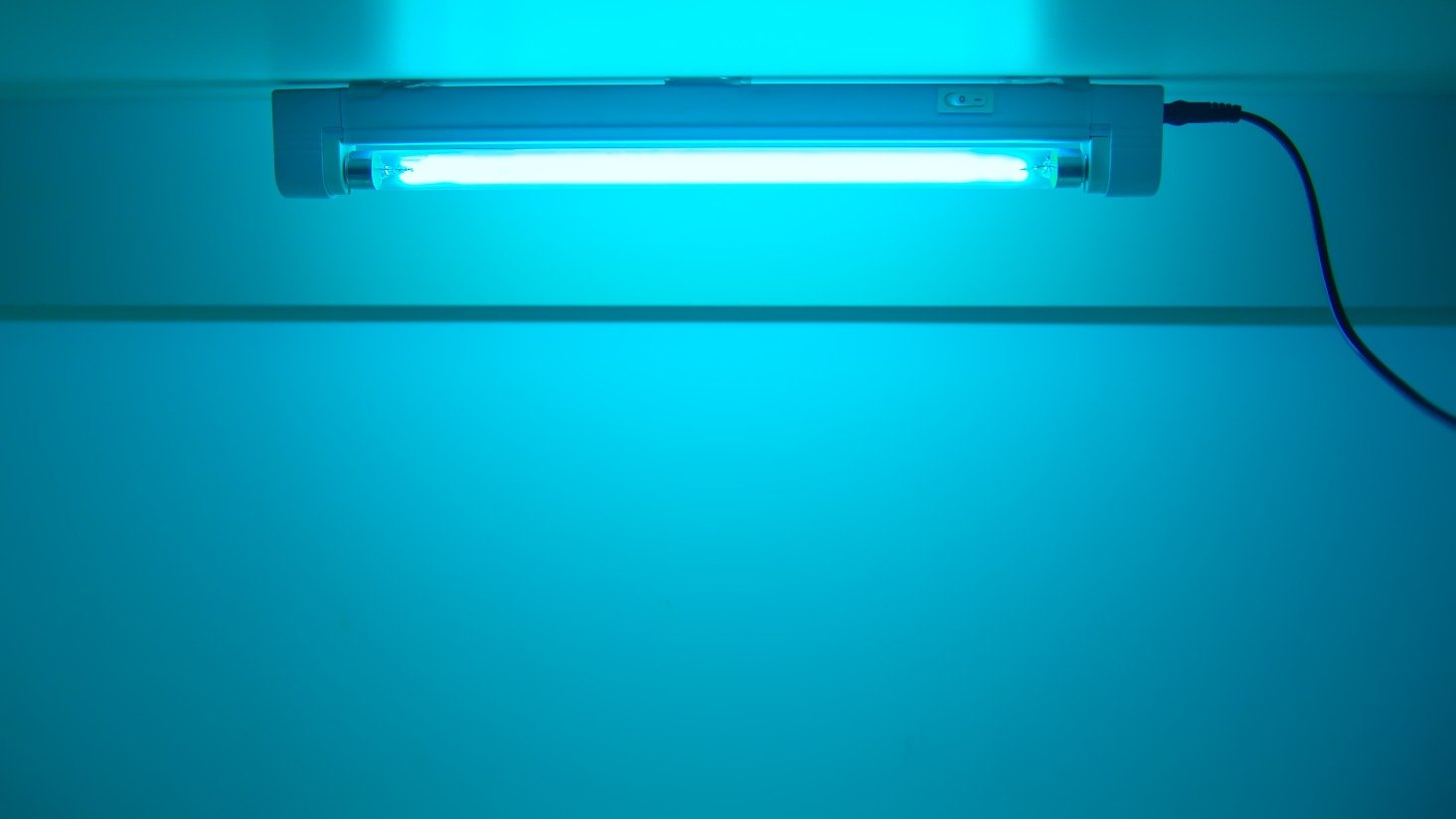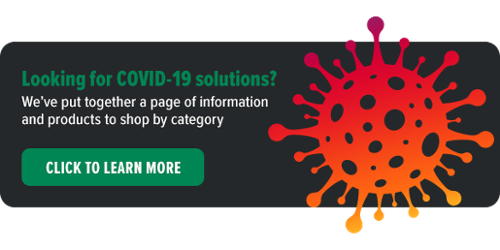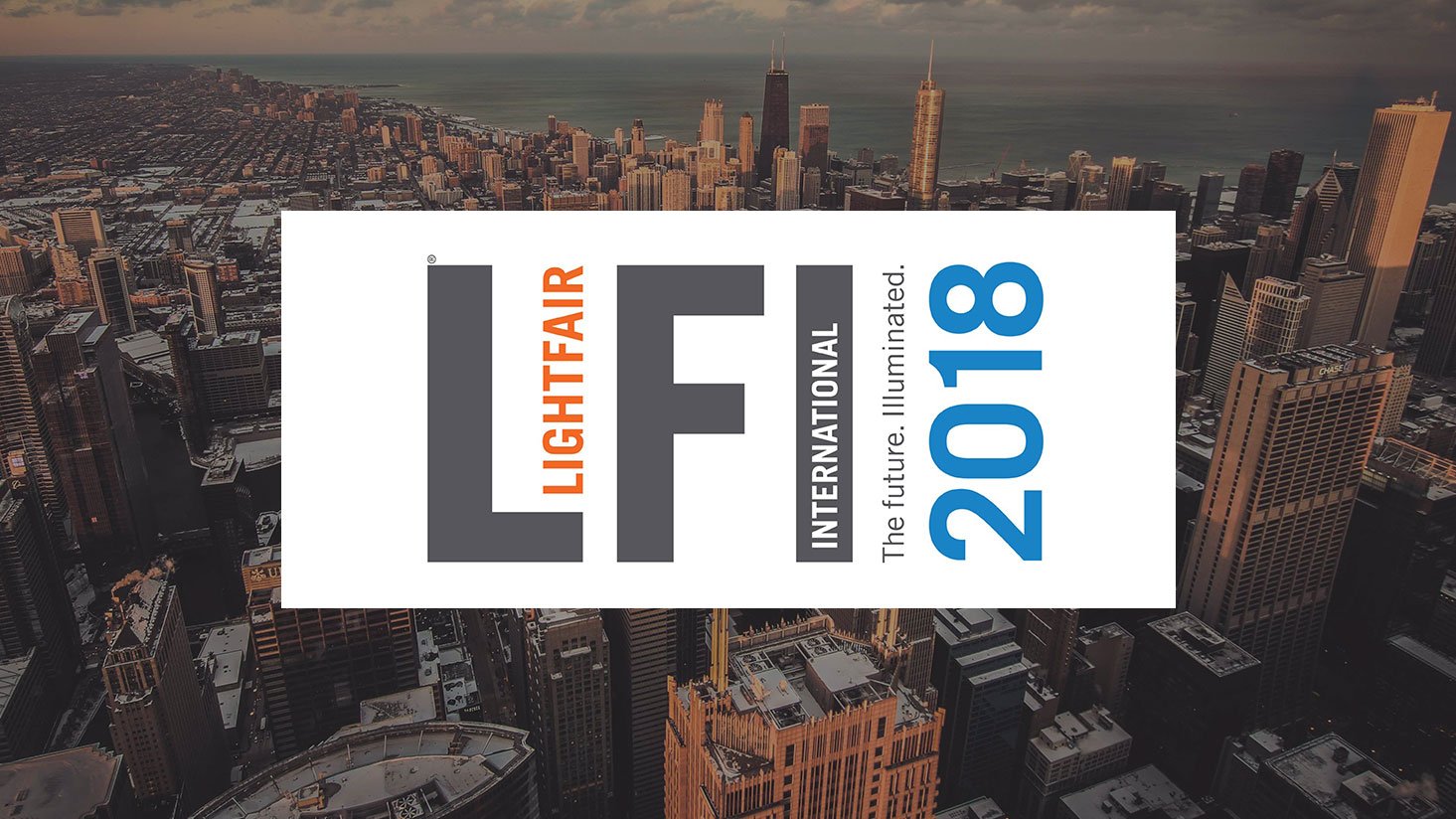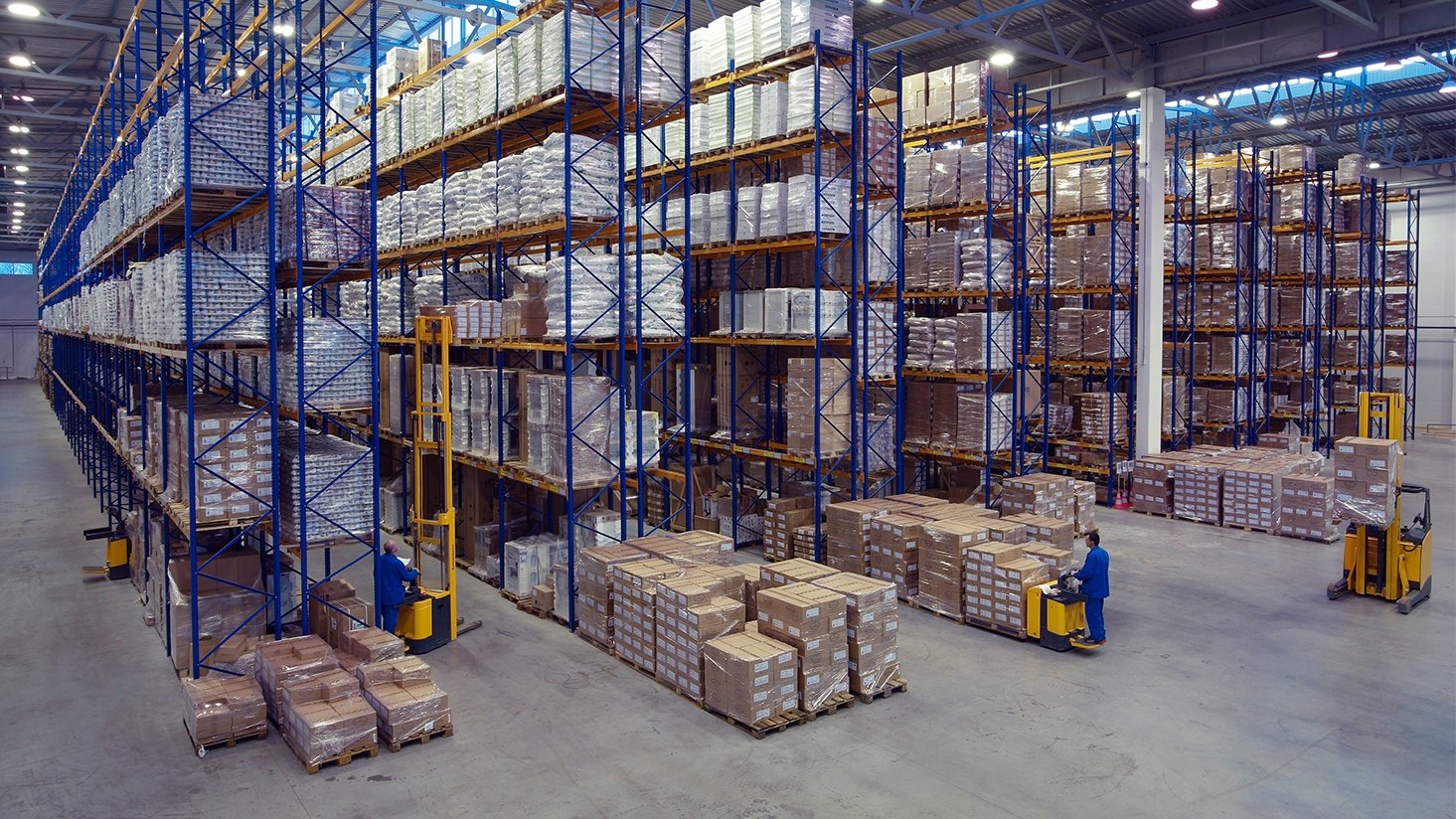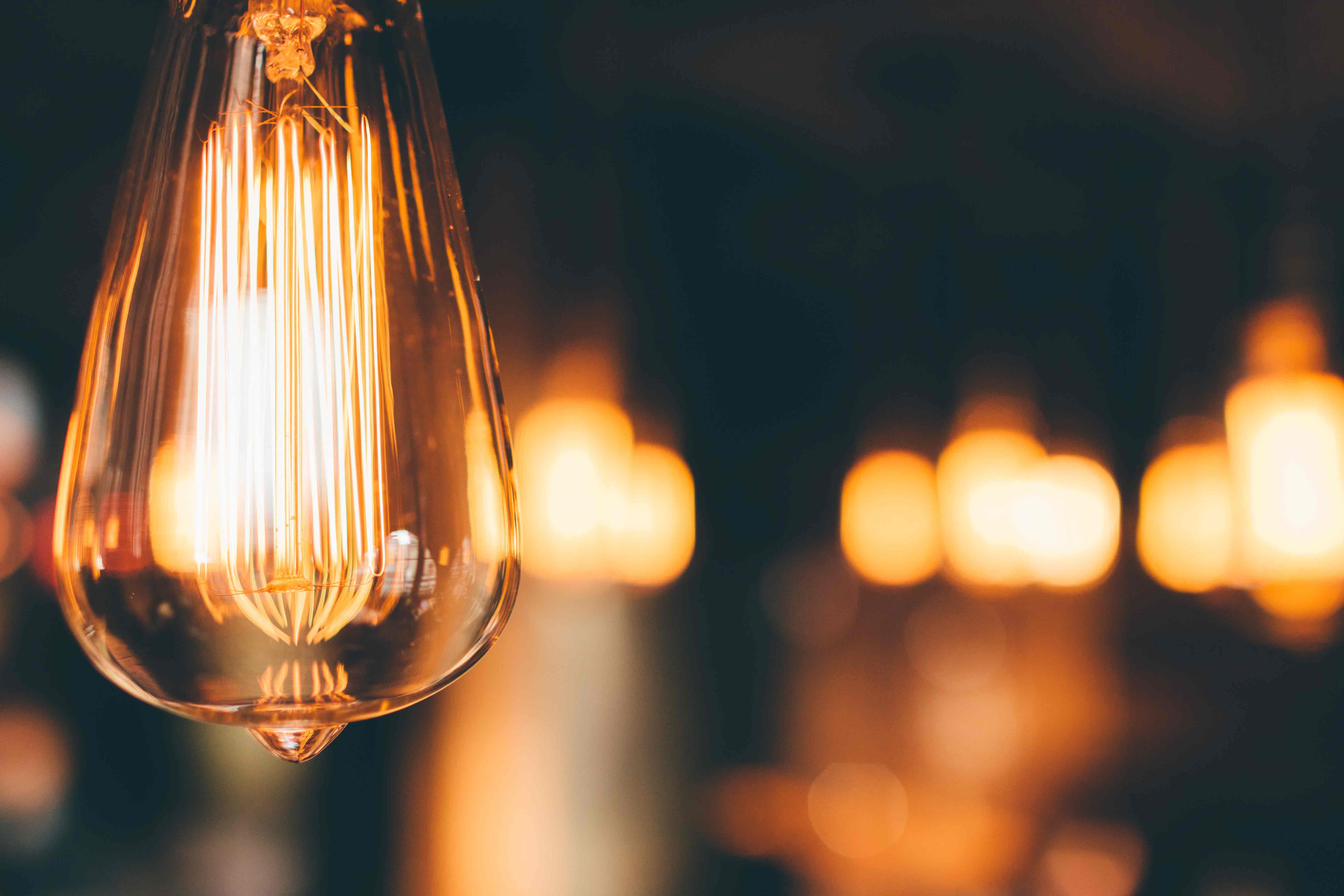Safety and regulation are key for UVC products
 Note: This article was written before Healthe opted to cease operations on December 10, 2021.
Note: This article was written before Healthe opted to cease operations on December 10, 2021.
COVID-19 has brought a new spotlight to a tool relatively unused in many industries: UV-C energy.
Scientists have known about the disinfection powers of UV-C for decades. Hospitals and healthcare settings have used UV products for years. A scientist from Columbia University recently proved that UV-C wavelengths can inactive COVID-19 in laboratory settings. There is solid evidence behind UV-C technology.
But what products should you trust? Which ones really work? And are they all safe?
Although UV-C products are nothing new, there is no standard regulation process. That means new UV products that have entered the market during the pandemic may or may not work.
Regulation for UV fixtures and replacement products is especially important because of safety recommendations and guidelines. Exposure to UV-C can damage our eyes and skin if products are not used or maintained properly. Our goal is always to recommend safe, effective products from trusted manufacturers.
An article recently published by INC. highlights the regulation problem. It also points out a product from one of our manufacturer partners.
The Healthe ENTRY™ is a portal designed to disinfect as people walk and rotate through it. Many companies have already purchased or installed the product, which is developed by former NASA scientist and company owner Fred Maxik.
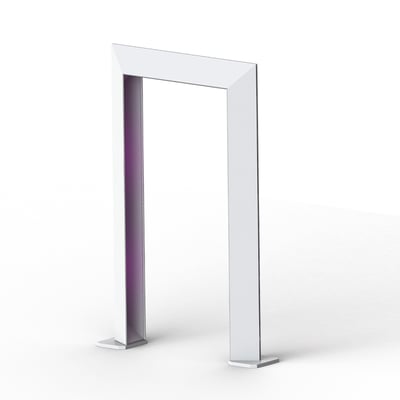 An infectious disease expert who sits on the board for the Illuminating Engineering Society (IES), a trusted resource in the lighting community, called the efficacy of the portal into question.
An infectious disease expert who sits on the board for the Illuminating Engineering Society (IES), a trusted resource in the lighting community, called the efficacy of the portal into question.
The INC. article quotes Ed Nardell as saying, "The thought of walking through a portal outfitted with UV lamps and having that do anything is absolutely preposterous."
Although the portal already has EPA approval, Healthe made the decision to temporarily remove the product from its website in early June. The company is currently in the process of getting FDA approval, and the product was back on the company's website by the end of July.
The biggest reason behind the decision was the confusing regulation process. Healthe says it hasn't been clear which government agency should regulate its UV lighting products. The company recently addressed the use of far-UVC with a letter from Maxik. Click here to read the full version.
While Healthe is a relatively new company, it existed before the COVID-19 pandemic and is a spin-off from Lighting Science Group (a company founded in 2000).
As for Nardell's claims, Healthe recommends up to a 20 second rotation for anyone standing underneath the portal to ensure a more effective disinfection cycle. You can't just walk through and expect the same results.
The portal uses far-UVC wavelengths, believed to have the same disinfection properties of UV-C but without eye and skin damage.
Far-UVC is one focus of Dr. David Brenner, the Columbia University scientist who recently said laboratory studies show UV-C can kill COVID-19.
If there are questions about a product backed by this much research, which has already passed certain quality tests, it only calls into question how many other products should be regulated before they hit the market.
Not every UV product that you find on the internet is actually effective, and buying the wrong product can really come at a cost.
A perfect example is the large amount of UV wands on the marketplace. The IES points out that many of these products give a false sense of security and disinfection.
That's one reason we recommend The Blade by American Ultraviolet. The company has manufactured UV products since 1960.
Read more: How to tell if UV really works
The road to regulating these products will likely be a long one. But it's especially important for an industry that's expected to grow from $2.9 billion in 2020 to $5.3 billion in 2020, according to a report from research firm Markets and Markets published in April.
We will continue to update the latest information on UV products and technology in this constantly changing landscape.
